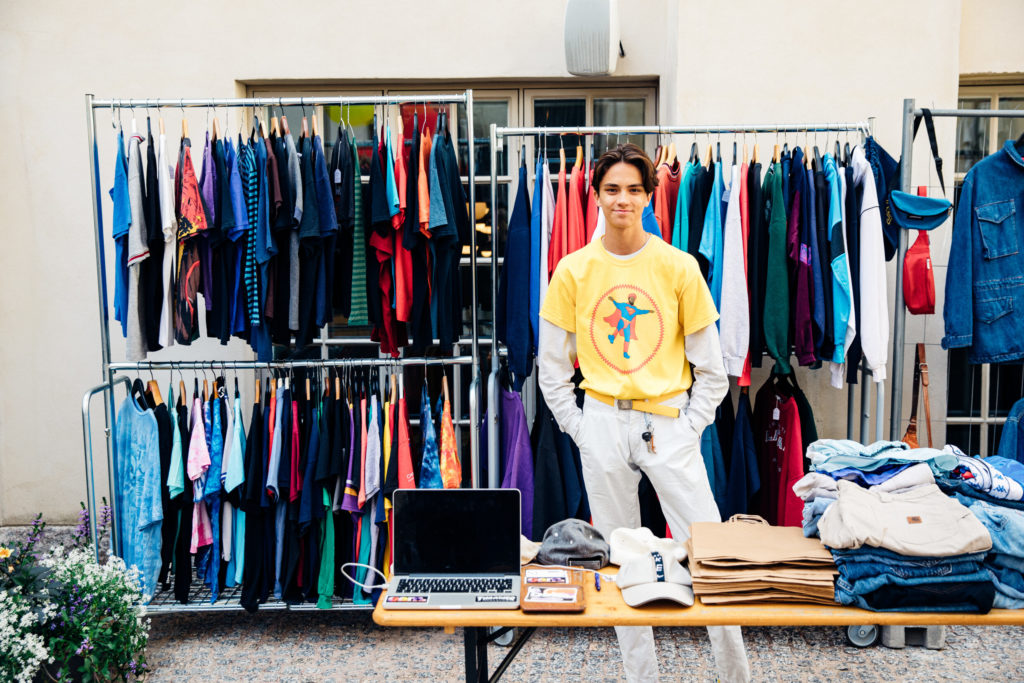

Globally, Helsinki is at a good level in achieving SDG 1 (No poverty). Helsinki’s challenges have to do with relative poverty caused by high living standards and costs, perceived income adequacy and increasing poverty of families with children. In national comparison, Helsinki has better prospects than most other Finnish municipalities and cities to maintain growth and positive employment trends. In terms of gender, median earnings for women are still significantly lower than those for men. Even though the changes in the population structure affect Helsinki as well, population forecasts suggest that migration will remain favourable to Helsinki, and the diverse business and premise structure will increase employment opportunities and tax revenues.
In addition to the development of the national economy and the related tax revenues, a key issue concerns expenditure in the municipal sector. Pressure is created by the ageing of the population, which affects public finances in two ways: the growth of the elderly population creates pressure on health, care and pension expenditures, and the shrinking of the working-age population weakens the growth potential of the economy, which is directly reflected in the development of the tax base. Measures to improve employment and increase the efficiency of health care and social welfare service provision may improve the sustainability of public finances. Increased work-related migration will, under certain conditions, have a faster impact on long-term sustainability than the birth rate. Permanently higher net immigration would strengthen public finances if the average employment and wage levels of immigrants did not differ significantly from the native population.
Unemployment in Helsinki

Unemployment rate
The employment situation in Helsinki has deteriorated since spring 2023, when the number of unemployed jobseekers in Helsinki started to rise. The unemployment rate in Helsinki was 11.7% in August 2024. At the end of August 2024, there were 42,188 unemployed jobseekers in Helsinki, which was 4,095 (10.8%) more than a year earlier. Over the past year, unemployment in Helsinki has risen relatively most among young people, men, higher education graduates and foreign nationals. The employment situation in Helsinki varies considerably by area, with unemployment being most prevalent in the eastern major district. Employment Services has taken regional differences within Helsinki into account through measures such as extensive operations at the Itäkeskus service point and separate project activities.
The demand for labour in Helsinki has clearly declined in response to the deterioration in the general economic situation. After the COVID-19 crisis, the number of job vacancies increased exponentially in 2021, and the number of job vacancies announced in early 2022 was the highest on record. However, the number of job vacancies started to fall rapidly as early as the end of 2022.
One of the key problems with the structure of unemployment in Helsinki is the high number of long-term unemployed people. Long-term unemployment is in itself a barrier to employment and may lead to health and well-being challenges if prolonged. For those with only basic education, the risk of prolonged unemployment is clearly higher than average. Among unemployed jobseekers in Helsinki, there were 16,965 long-term unemployed people who had been continuously unemployed for more than a year in August. The relative proportion of long-term unemployed people among all unemployed people (40%) is high in Helsinki compared to the rest of the country (national average 35%). A higher proportion of unemployed men are long-term unemployed than unemployed women.
The number of unemployed foreign-language speakers in Helsinki is also higher than the national average. In Helsinki, 34% of unemployed people are foreign-language speakers, compared to the national average of 21%. Of the long-term unemployed people in Helsinki, 31% are foreign-language speakers. The most common nationalities among unemployed people were Estonian, Iraqi and Russian. Over the last few years, the number of unemployed people has increased the most among Ukrainian nationals. The employment rate for women with a foreign background is significantly lower than for men with a foreign background.
The training requirements of the workforce needed for job openings by 2035 are expected to be significantly higher than those of the employed at the end of the last decade. As skills requirements increase, it is essential to improve the level of education and training of those already in employment. Supply and demand do not properly match in the labour market, and Helsinki suffers from labour shortages, especially in the high-tech and digitalisation sectors. Helsinki must attract experts from abroad.
Successes:
- Services and outreach to people in a weaker labour market position have been developed.
- The local government pilot on employment has supported the City’s preparation for the TE services reform 2024.
- The use of the employment clause has been developed.
Areas for development:
- Long-term unemployment is at a high level. Effective measures should be found to reduce long-term unemployment.
- The employment of foreign-language speakers requires support.

